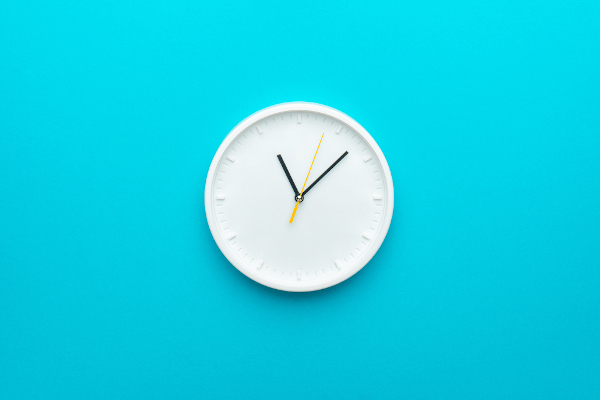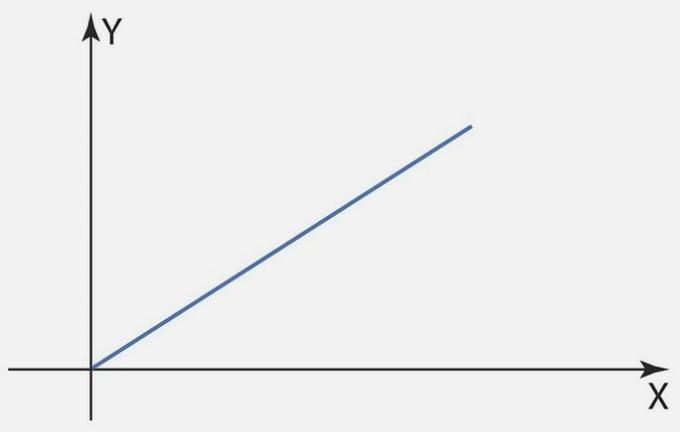At time measuresemerged to meet the diverse needs of human beings, how to understand the period of time between growing and harvesting, or even when the sun will go down. THE first reference for time control was the Sun, thus, the first clocks controlled the time according to the position of the Earth in relation to the main star of the Solar system.
Currently, measuring time remains an important task and, therefore, they emerged analog clocks and calendars. There are several units of time measurement, such as hour, minute, second, week, day, year, decade, century, among others.

What are the measures of time?
In our day to day, there are several units of measure of time, such as the days, years, months, but the main one is the hour. As a sub-multiple of the hour, we have the minutes – 1 hour is exactly 60 minutes. The minute is used to measure time intervals that are slightly smaller, such as the time spent moving from one neighborhood to another.
Another very useful submultiple for measuring smaller intervals is the
seconds – 1 minute is 60 seconds, and 1 hour is 3600 seconds. There are several situations in which we use seconds, such as the time the traffic lights will be closed or open.Read too: Roman numbers - numbering system used to count the centuries
unit conversion
It is quite common for us to perform conversion of time measurement units. To perform the transformation from hour to minute or from minute to second,we multiply by 60. If it goes in the opposite direction, we share by 60.

Example 1
How many seconds are 2 hours and 20 minutes?
First let's convert from hour to minute:
2 hours → min
2 · 60 = 120 minutes
As it is 2 hours and 20 minutes, the time in minutes will be 120 + 20 = 140 minutes.
Now let's convert from minute to second:
140 · 60 = 8400 seconds.
Example 2
How many hours is 210 minutes?
Performing the conversion:
210 min → hours
210:60 = 3.5 hours
Therefore the time is 3 hours and a half or 3 hours and 30 minutes.
In addition to the relationship between hours, minutes and seconds, it is worth remembering that it is also possible to convert from days to hours, from month to days, among others. For this, we just use the correct correspondence. For example, 1 day has 24 hours, so to transform from days to hours, multiply by 24. Now if it's the other way around, from hours to days, we divide by 24.
We can use the same reasoning for years and months, months and days, or even directly between years and days.
See too: What is the value of a digit?
Time measurement instruments
To time-stamp and determine the hours, we use digital or hand clocks. On the watch, it is possible to keep track of the hours and minutes, and, in some cases, there is also the marking of seconds. Another instrument very similar to the watch is the stopwatch, which is used in racing. It is useful for keeping time accurately.

Other measures of time
To control the days of the year, we use the calendar. In the history of mankind, several calendars, but what we use today in Brazil is theGregorian calendar, divided into 12 months (January, February, March, April, May, June, July, August, September, October, November and December), which have between 30 and 31 days, except for the month of February, which has 28 days. It is noteworthy that, every 4 years, February has 29 days.
The years in which February has the most days are known as years old leaps. This is because each year has, in reality, 365 days and 6 hours, which makes that, every 4 years, these extra 6 hours become 1 day more.
The time measures used are measure variations of days, years or hours.
UNITY |
EQUALS |
1 day |
24 hours |
1 week |
7 days |
1 fortnight |
15 days |
1 month |
28 or 29 days (February) 30 or 31 days (other months) |
First quarter |
2 months |
1 trimester |
3 months |
1 quarter |
Four months |
1 semester |
6 months |
1 year |
12 months or 365 days |
1 of each |
10 years |
1 century |
100 years |
1 millennium |
1,000 years |



